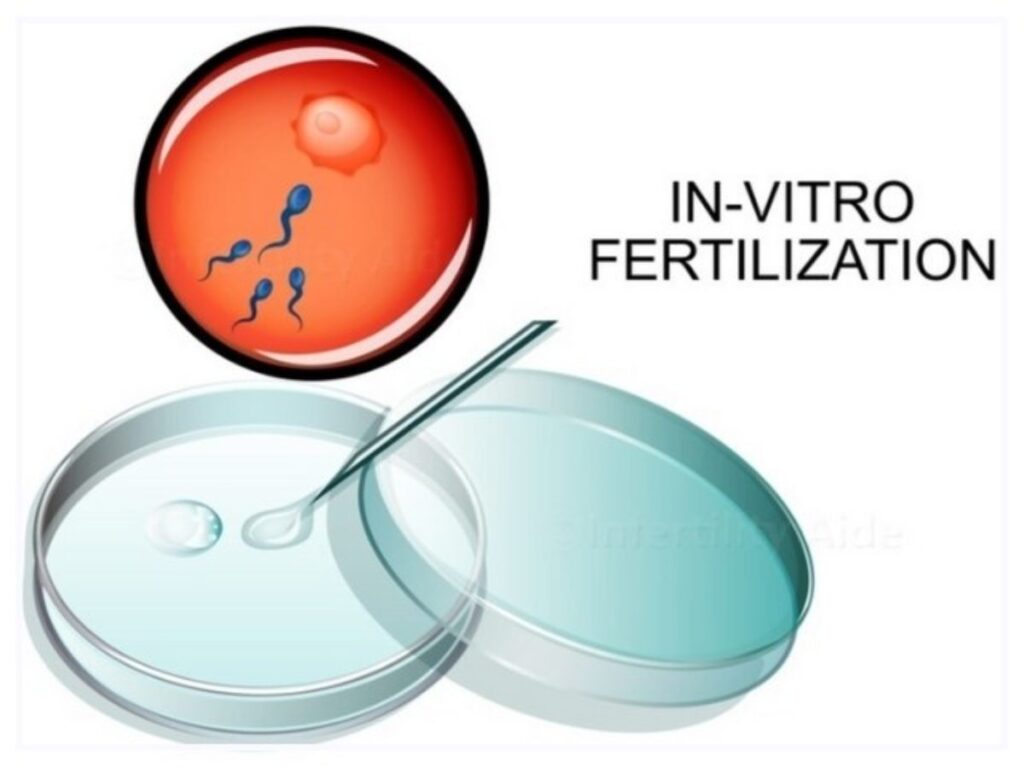In vitro fertilization (IVF) has transformed the landscape of reproductive medicine, offering hope to countless couples struggling with infertility. This intricate process, often regarded as a medical marvel, involves a series of sophisticated steps that combine science and skill to create life. Understanding the art of In vitro fertilization involves delving into its core components, technological advancements, and the delicate balance required for success.
The IVF Journey: Step-by-Step
Ovarian Stimulation: The journey begins with ovarian stimulation, where hormonal medications are administered to stimulate the ovaries to produce multiple eggs. This is a crucial step because having multiple eggs increases the chances of successful fertilization. The process is closely monitored through blood tests and ultrasound to ensure the optimal number of eggs is being produced.
Egg Retrieval: Once the eggs are mature, they are retrieved from the ovaries in a minor surgical procedure called transvaginal ultrasound aspiration. This procedure is performed under sedation, and a thin needle is used to extract the eggs from the ovaries. Precision is key here to avoid damaging the surrounding structures.
Sperm Collection: On the same day as the egg retrieval, sperm is collected from the male partner or a sperm donor. The sperm is then prepared and processed in the laboratory to select the most viable specimens for fertilization.
Fertilization: The fertilization process is where the magic truly happens. The eggs and sperm are combined in the laboratory under controlled conditions. There are two primary methods for fertilization: traditional insemination, where sperm and eggs are mixed and allowed to fertilize naturally, and intracytoplasmic sperm injection (ICSI), where a single sperm is injected directly into an egg. ICSI is often used in cases of male infertility or when previous IVF attempts have failed.
Embryo Culture: After fertilization, the resulting embryos are cultured in a controlled environment for several days. During this period, the embryos develop and grow, and embryologists monitor their progress to select the healthiest ones. This stage is crucial, as the quality of the embryos significantly impacts the success of implantation.
Embryo Transfer: Once the embryos have reached a suitable stage of development, one or more embryos are selected for transfer into the uterus. This is a relatively simple procedure performed without anesthesia. The chosen embryos are carefully placed into the uterus using a thin catheter. The number of embryos transferred depends on various factors, including the age of the woman and the quality of the embryos.
Pregnancy Test: A pregnancy test is conducted about two weeks after the embryo transfer to determine if the procedure was successful. This test measures the levels of human chorionic gonadotropin (hCG) in the blood, indicating pregnancy.
Technological Advancements
The art of In vitro fertilization is continually evolving with advancements in technology. Innovations such as preimplantation genetic testing (PGT) allow for the screening of embryos for genetic disorders before transfer, improving the chances of a healthy pregnancy. Additionally, embryo freezing techniques, like vitrification, have revolutionized IVF by allowing for the preservation of embryos for future use without compromising their quality.
The Human Touch
Despite its technological sophistication, IVF is as much an art as a science. The expertise and intuition of fertility specialists play a pivotal role in navigating the complexities of the procedure. Each patient is unique, and personalized treatment plans are essential for addressing individual needs and maximizing the chances of success. The emotional support provided throughout the IVF journey is also crucial, as the process can be both physically and emotionally taxing.
Ethical Considerations
The art of IVF is not without its ethical considerations. Issues such as the selection of embryos, the fate of unused embryos, and the implications of genetic testing are subjects of ongoing debate. Balancing medical advances with ethical concerns requires careful consideration and sensitivity to the values and beliefs of those undergoing treatment.
Conclusion
In vitro fertilization is a remarkable blend of science and artistry, requiring precise techniques, technological advancements, and compassionate care. Its success is a testament to the ingenuity and dedication of the medical professionals involved. As technology continues to evolve and our understanding deepens, IVF holds the promise of helping more individuals and couples achieve their dreams of parenthood.
